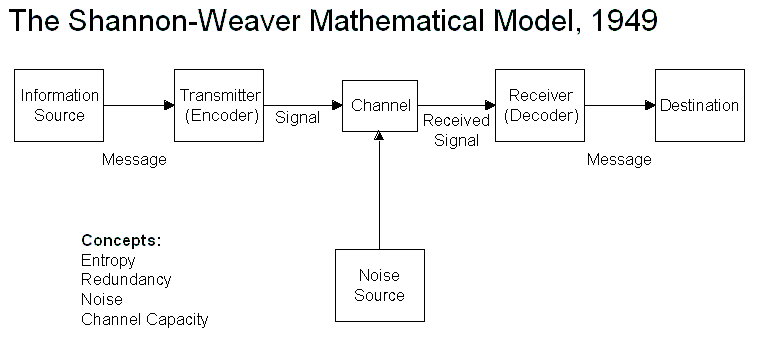Essentialism:
essentialist thought.
Some sort of innate ability, born vitreous. If you’re born black, more stupid. Etc. Supporting racism.
Anti-Essentialism:
Born into the culture, not born with virtues.
If society says you have to more things then someone else, then society will be innately selfish.
You can invent your self online now, not to do with consumption. (Concerning blogs.)
Second life identities can buy money, capitalism has bloomed there too. In the real and virtual world.
Identity is unstable and fluid, we can reinvent ourselves endless and continuously.
Identity and ‘the Other’ in visual representation.
- Creation of identities
- Concepts of ‘Otherness’
- Analysis of visual example
Identity - Who were are and how others perceive who we are.
Identity Creation:
What makes you, you?
- Your parents /Family (Socialisation) - Phil larkin poem
- Your money
- Where you live (Environment)/ Era
- Your friends
- The way you dress/ Hair
- Mannerisms
- What you eat (Diet)
- Past experiences
- Deformaties/ Genetic
- Where/ How you’re educated
- Marriage/ Relationship status
- Physical/ Social - (Dialectic, inter-relate with each other.)
- The Law (Legalities) - Society limits us, we can’t be the people who we really want to be.
- Job (Production) A job is a part of your identity, no matter how you shake it off.
Diets have become commodified. Certain health foods are used as status and identity.
Our culture is more concerned with look and appearance.
How do you express your identity?
- Mannerisms
- How you dress (A barrier to the world and a signifier of self.)
- Make-up and Hair
- Products you buy
- Diet
- Hobbies & Interests
- Attitude (Social Interactions)
- Mannerisms/ Accent (Adaptation)
- Social circles.
Our own individual subjectivity. Sense of self that is really complex and slippery.
Circuit of Culture - Stuart Hall
Windrush generation
Britain invited people from the colonies to Britain to come and work, the people were treated very differently. Started the Birmingham school of culturuerely. Wrote a lot of books on the school and what went on about the Wind rush generation.
Started the culture framework within which our identities are formed, expressed and regulated.
Woodward Identity and Difference. Good read.
Things you buy is limited by your production (job).
Jacques Lacan - Wrote a lot on psychoanalysis and it’s processes.
- The ‘hommelette’ (french for men, scrambled up mix of parts) French pun.
- The ‘Mirror stage’
Initially came up with the ‘Otherness’. When you’re born, you don’t understand or have any comphrension that you are distant of separate from your mother, your symbiotic. Strongly linked, no conception as your self as a separate being.
Babies don’t realise their arm smacking them in their face because they don’t understand their arm is linked to them. They’re a scrambled up mix of parts up and till the mirror stage. Which is between 6-18 months. It’s a metaphor not something that happens, that they then start to realise their identity. (A baby crawling past a mirror, realising it’s a separate cohesive being.)
Such as given out signals, crying: someone comes to help. From this stage, we gain a sense of who we are, by the outside reactions to us. Straight from the process of socialisation. The external world is our mirror, and it’s how we tell we aren’t isolated. After 18 months, a lot of our sense of identity is secured.
It’s not about who we want to be, but our reception of others.
The sense of self (subjectivity) built on:
- Illusion of wholeness
- Receiving views from others
Result = own subjectivity is fragile.
Physiologically we are always yearning for, our actions are always learning back too the security that we had in the mirror stage. This is me when the world responded. Our identity is based on the illusion we are whole. All of our attempts to act a certain way, we are constantly trying to strive for secureness for attention that we had in the mirror phrase. We are always striving because we are never those things and we are never happy because the process is so entirely sloppy.
Problems: Relies on the assumption of opposition and radical otherness.
We measure our selves on what we are not, ‘Black because I am not white’, In order to make our identities more solid. Doing this secures our sense of self.
Other’ing in brands, being able to afford something expensive to know your not poor, to secure that identity.
Accent, in trying to have proper speech, you’re trying to make your identity to feel more secure.
Othering with subculture too.
Lynx advert: othering, securing the identity that you’re a man, not gay, not a woman, smells manly. Stereotypes to make sense worth more believable. Woman are coming for him, Hypersexuality. It’s important for me to be that, to make sure i’m not that.
Identification:
- Shores up unstable identities through the illusion of unity.
- Shared fashions, believe systems, values.
- Subterranean values (Matza, 1961)
We are civilised because we are not barbaric like them. Creates racism, sexism, prejudice. We depend on objectifying people and subjectifiying people. We have to constantly reinvent fictions to other, other people.
To stablise subjectivity:
From james slides:
One page is about aides in Africa, other page is for credit card. Secures that we are in a good stable world. We other the aides epidemic, we look away towards the credit. WE distance the effected people. Symptomatic with everything that is wrong with out society. Our society is built on othering. How can we create empathy when we other them. Also with food adverts.
FOR BLOGS:
Analyse one image from the media, newspaper stories, adverts, popular music press, subculture. Analyse one image from western media, where the image attempts to secure identity for the reader where othering is present. What the image promises you, what it secures and solidifies, who it reduces and others.
300 words task.
With everything you choose buy, what you do is stereotyped someone else in doing it to secure our identity.





















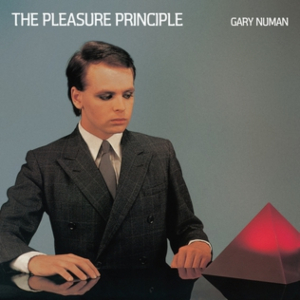


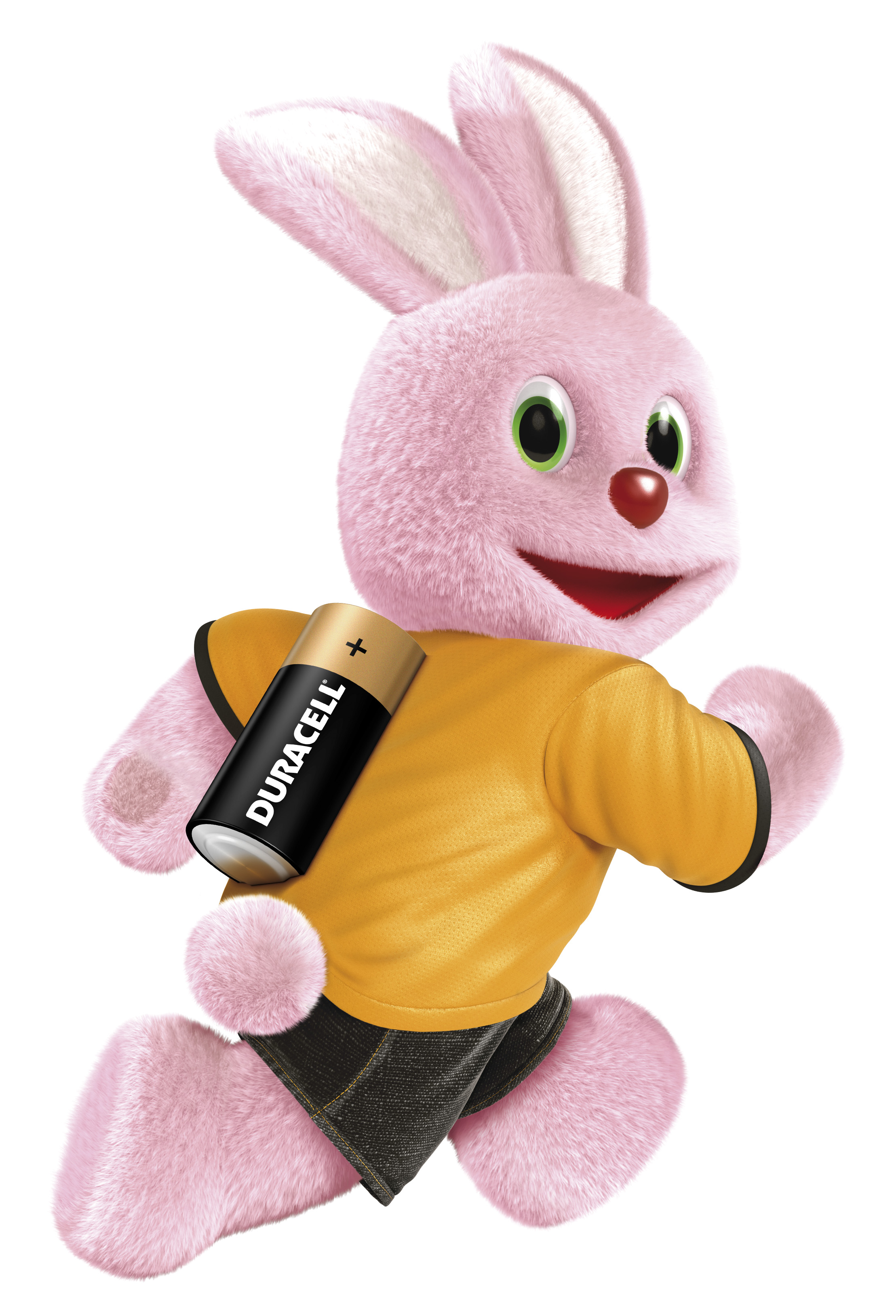



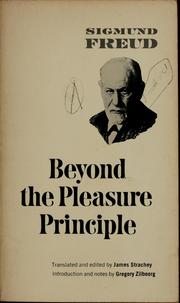
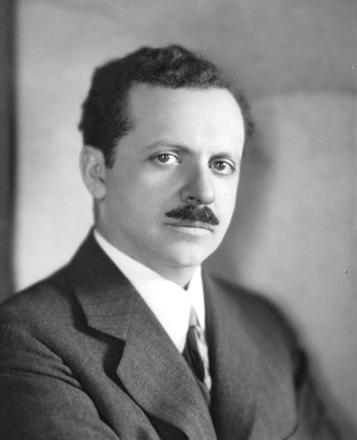


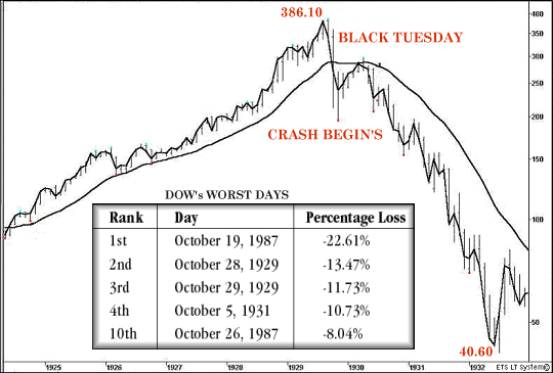
_Demo.jpg)
